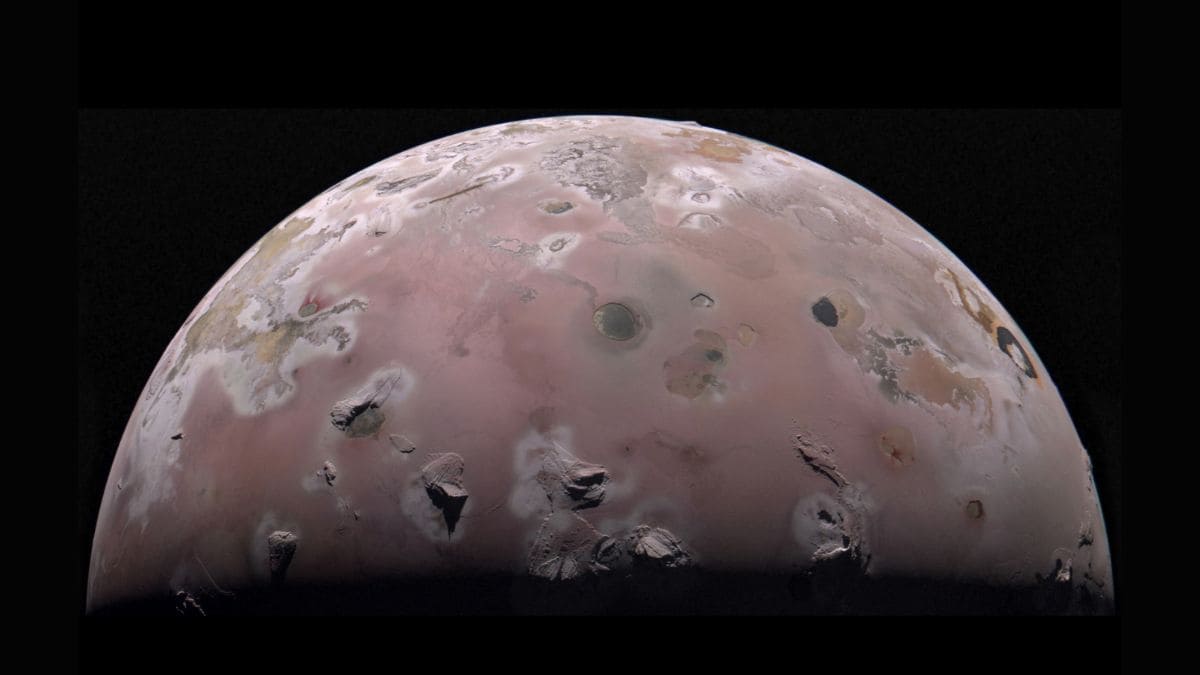NASA’s Juno spacecraft, in orbit around Jupiter, had a huge problem when its JunoCam imager started to fail after sitting through the planet’s harsh radiation belts for so many orbits. Designed to only last through the initial few orbits, JunoCam astonishingly endured 34 orbits. Yet by the 47th orbit, the effects of radiation damage became visible, and by the 56th orbit, images were almost illegible. With few alternatives and time slipping away before a close flyby of Jupiter’s volcanic moon Io, engineers made a daring but creative gamble. Employing an annealing process, they sought to resuscitate the imager by warming it up—an experiment that proved successful.
Long-distance fix
According to NASA, JunoCam’s camera resides outside the spacecraft’s radiation-shielded interior and is extremely vulnerable. After several orbits, it started developing damage thought to be caused by a failing voltage regulator. From a distance of hundreds of millions of miles, the mission team implemented a last-ditch repair: annealing. The technique, which subjects materials to heat in order to heal microscopic defects, is poorly understood but has been succeeding in the lab. By heating the camera to 77°F, scientists wished to reorient its silicon-based parts.
At first, efforts were for naught, but only days before the December 2023 flyby of Io, the camera unexpectedly recovered—restoring close-to-original image quality just in time to photograph previously unseen volcanic landscapes.
Radiation Lessons for the Future
Though the camera showed renewed degradation during Juno’s 74th orbit, the successful restoration has led to broader applications. The team has since applied similar annealing strategies to other Juno instruments, helping them withstand harsh conditions longer. Juno’s findings are now informing spacecraft design across the board. “We’re learning how to build radiation-tolerant systems that benefit both defense and commercial satellites,” said Juno’s principal investigator Scott Bolton. These findings would inform future missions, such as those visiting outer planets or working in high-radiation environments near Earth, in the Van Allen belts. Juno’s mission continues to pay dividends with unexpected innovations—a lesson in how a small amount of heat can do wonders.




